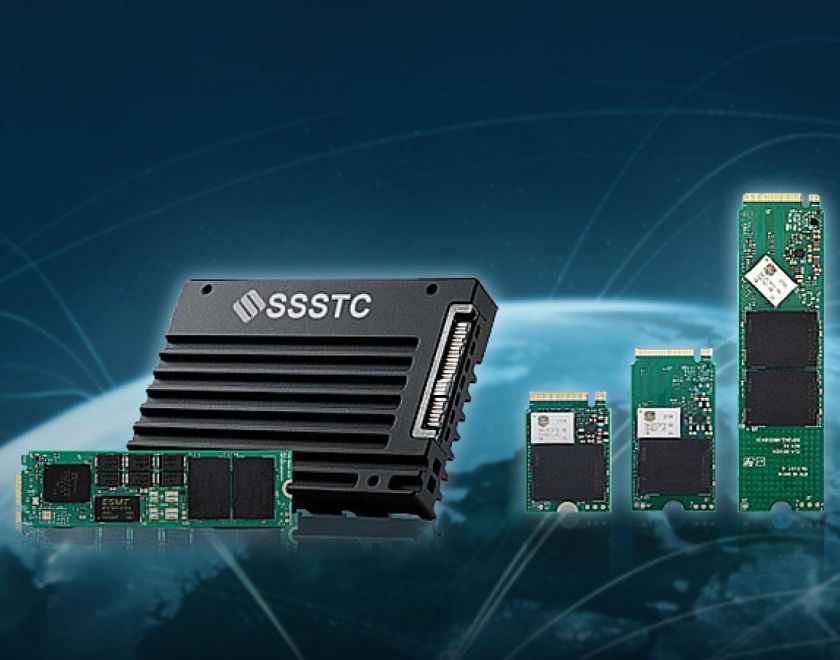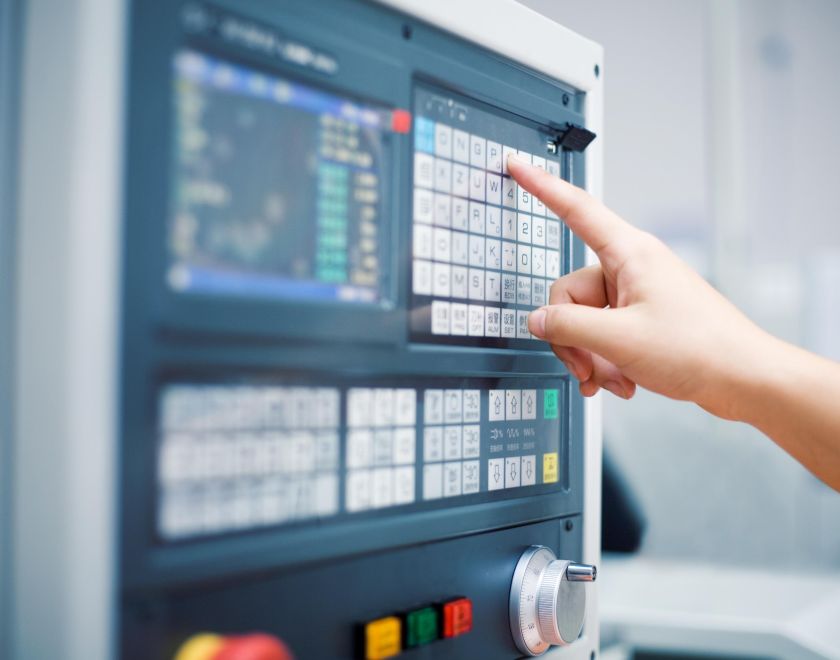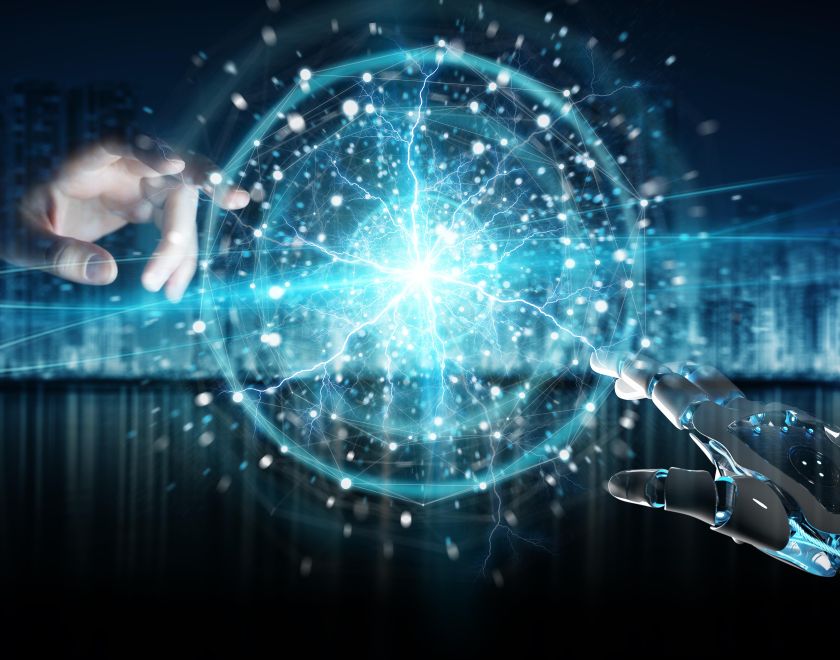Power Consumption with SSDs: A Greener and Efficient Solution
Solid State Drives (SSDs) have revolutionized the storage industry with their lightning-fast performance and reliability. In addition to these benefits, SSDs also offer significant power consumption advantages over traditional hard disk drives (HDDs). In this article, we will delve into the topic of SSD power consumption and highlight the energy-efficient nature of SSDs compared to HDDs.
In recent years, energy efficiency has become a crucial consideration for various computing devices. SSDs, being solid-state devices with no moving parts, consume significantly less power than their HDD counterparts. This is primarily because SSDs use NAND flash memory chips to store data, which requires less power to operate compared to the mechanical components found in HDDs. As a result, SSDs have emerged as a greener and more power-efficient storage solution.
While SSDs are generally more power-efficient than HDDs, certain factors can affect their power consumption. It is important to understand these factors to optimize power usage effectively. The type and generation of NAND flash memory used in an SSD play a significant role in power consumption. Newer generations of NAND flash, such as 3D NAND, tend to offer improved energy efficiency. The SSD controller is responsible for managing data transfer and storage operations. A well-designed and efficient controller can minimize power consumption during read and write operations.
SSDs consume different amounts of power during active and idle states. While active power consumption is higher when performing read/write operations, idle power consumption is considerably lower, making SSDs energy-efficient during periods of inactivity. To understand the power-saving potential of SSDs, it's crucial to compare their power consumption with that of HDDs. This section will highlight the advantages of SSDs in terms of energy efficiency and will include an example of CVB SATA SSD, showcasing its DEVSLP feature.
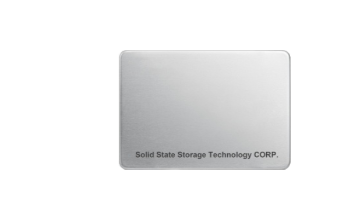
CVB 2.5''
NAND Flash: 3D TLC NAND Flash
Interface: SATA 3 (6Gb/s)
Sequential Read: UP to 550 MB/s
Sequential Write: UP to 510 MB/s
SSDs consume significantly less power than HDDs during both active and idle states. On average, SSDs consume around 2-3 watts during active use, while HDDs can consume up to 6-7 watts or more. For instance, CVB SATA SSD, equipped with DEVSLP (Device Sleep) functionality, can consume as little as 0.5 watts during idle periods, whereas conventional HDDs may consume 3-4 watts.
Another advantage of lower power consumption is the reduced need for cooling mechanisms. Since SSDs generate less heat, they require less active cooling, contributing to overall energy savings in data centers and other computing environments.
The energy efficiency of SSDs brings several benefits, including:
l Extended Battery Life: In portable devices such as laptops and tablets, SSDs can significantly extend battery life due to their lower power consumption. Users can enjoy longer usage times without having to recharge frequently.
l Environmental Impact: The lower power consumption of SSDs translates to reduced energy usage, resulting in a smaller carbon footprint. This aligns with the growing global focus on sustainable and eco-friendly technologies.
SSDs offer a power-efficient alternative to traditional HDDs, delivering superior performance while consuming significantly less energy. With their lower power requirements, SSDs not only contribute to greener computing practices but also offer extended battery life for portable devices. As technology continues to advance, optimizing power consumption through SSD adoption becomes increasingly crucial for both environmental sustainability and cost-effective computing. Embracing SSDs is a step towards a more energy-efficient future. For further details on CVB SATA SSD, you may connect to the product overview.
SSSTC provides the best quality, competitive cost mainstream storage products with superior customized service.Contact us to find more enterprise SSD or industrial SSD solutions.


__24C05D67dI.webp)
__24C15hqqtC.png)
__24C15wOdCC.png)

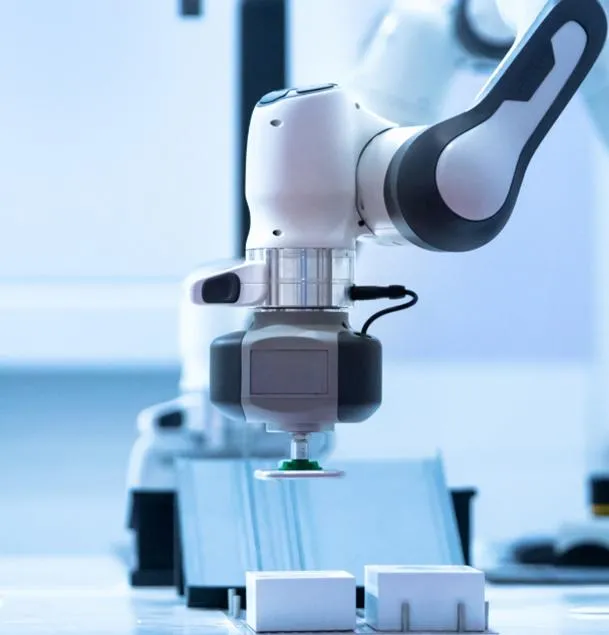
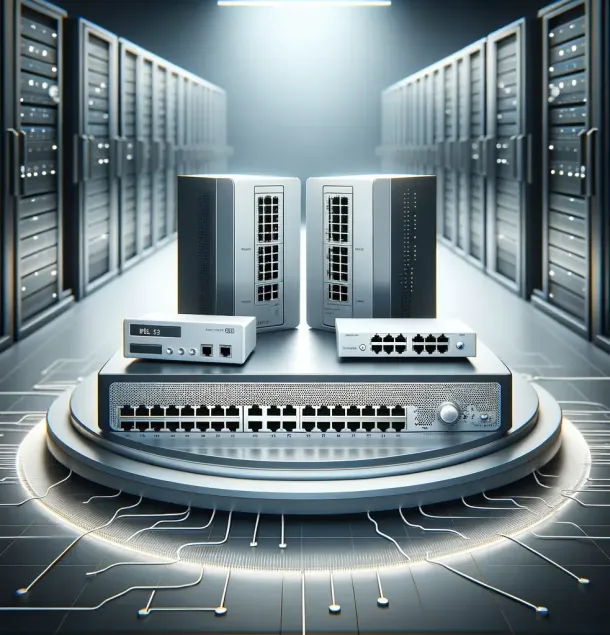

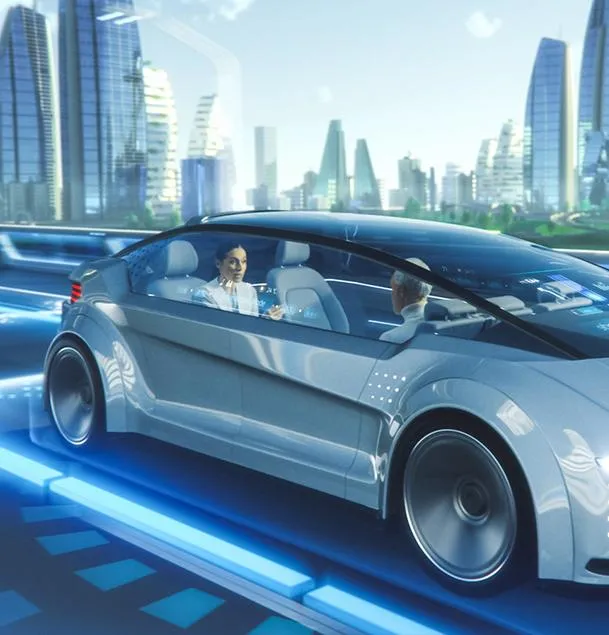
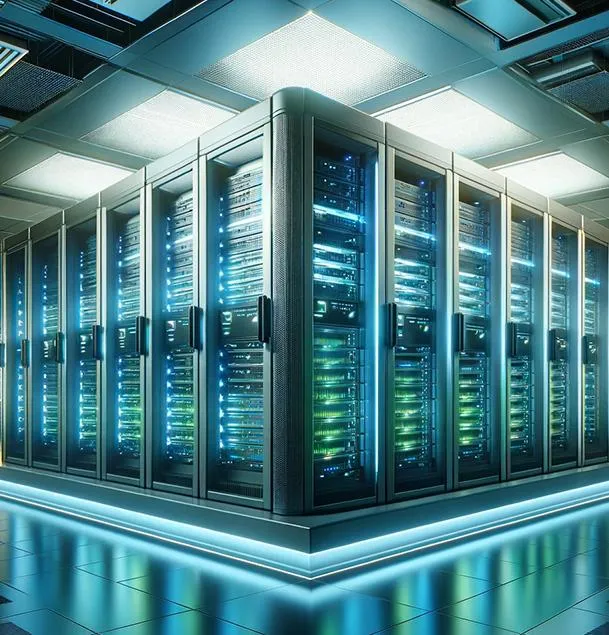


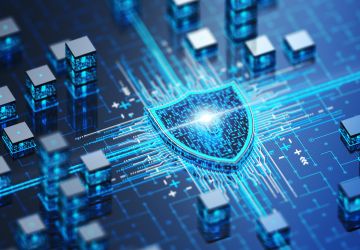
__24C05XQ2my.jpg)
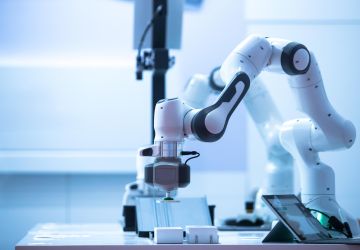

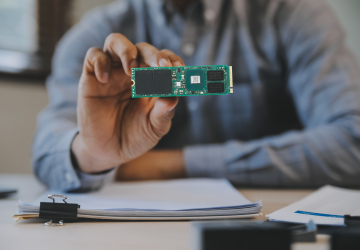
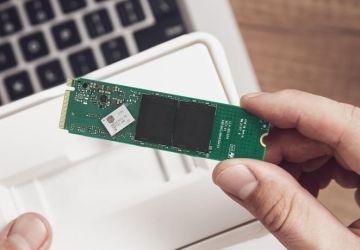
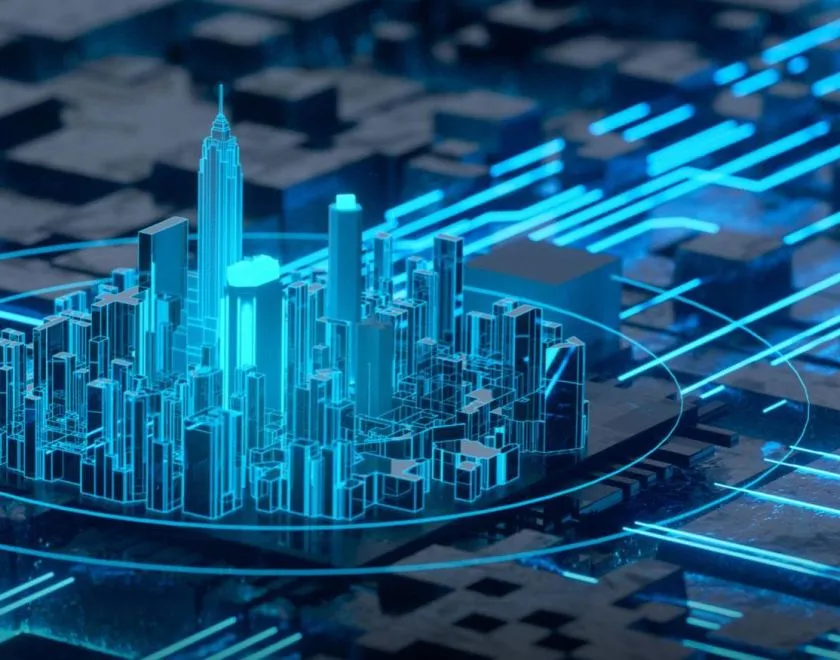


__24C05fplcZ.png)
__24C05vgHYC.png)
